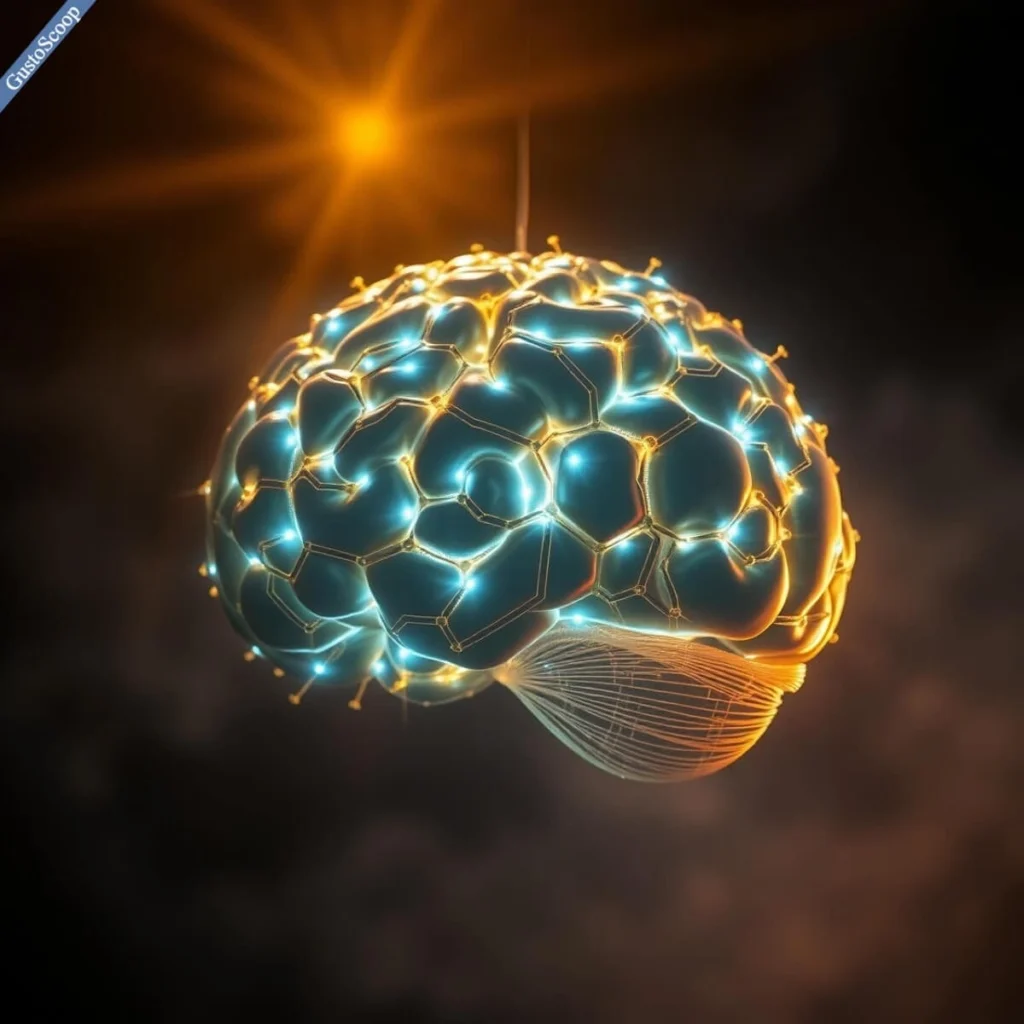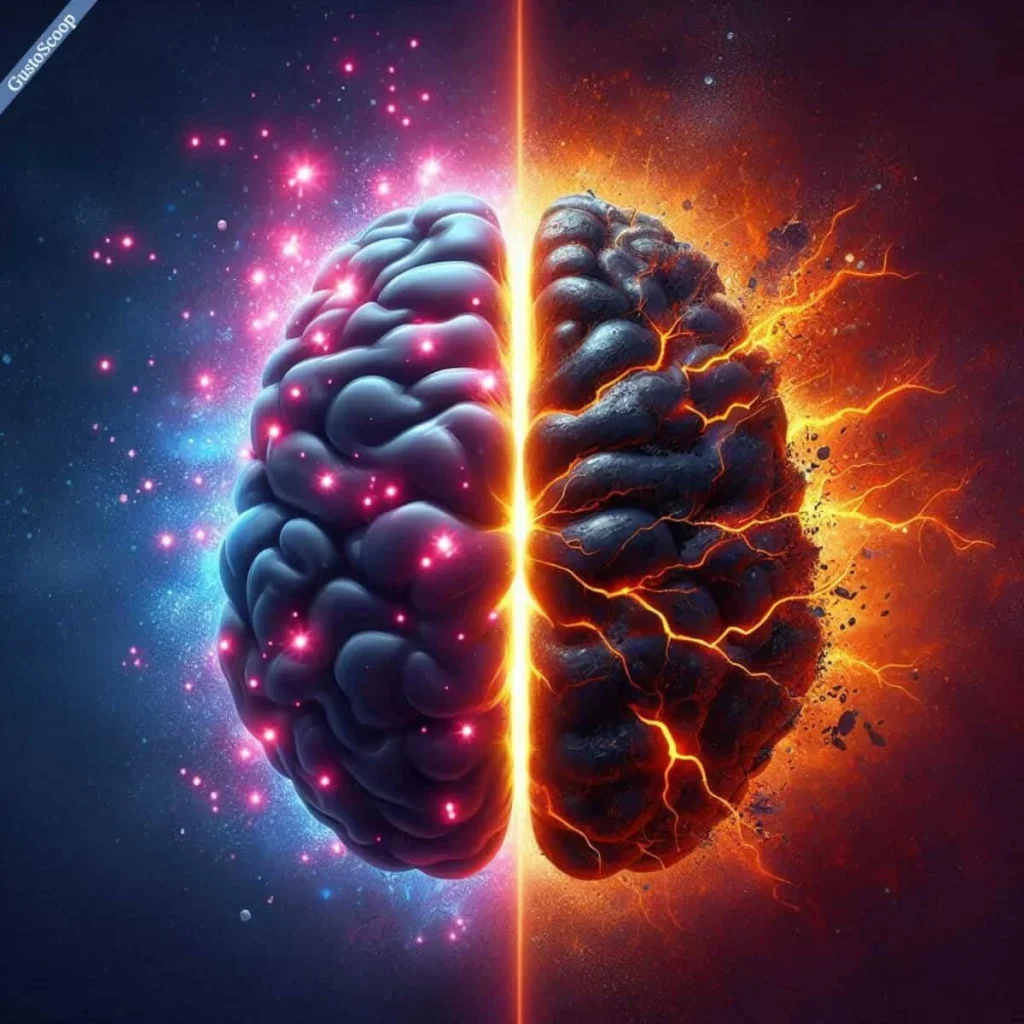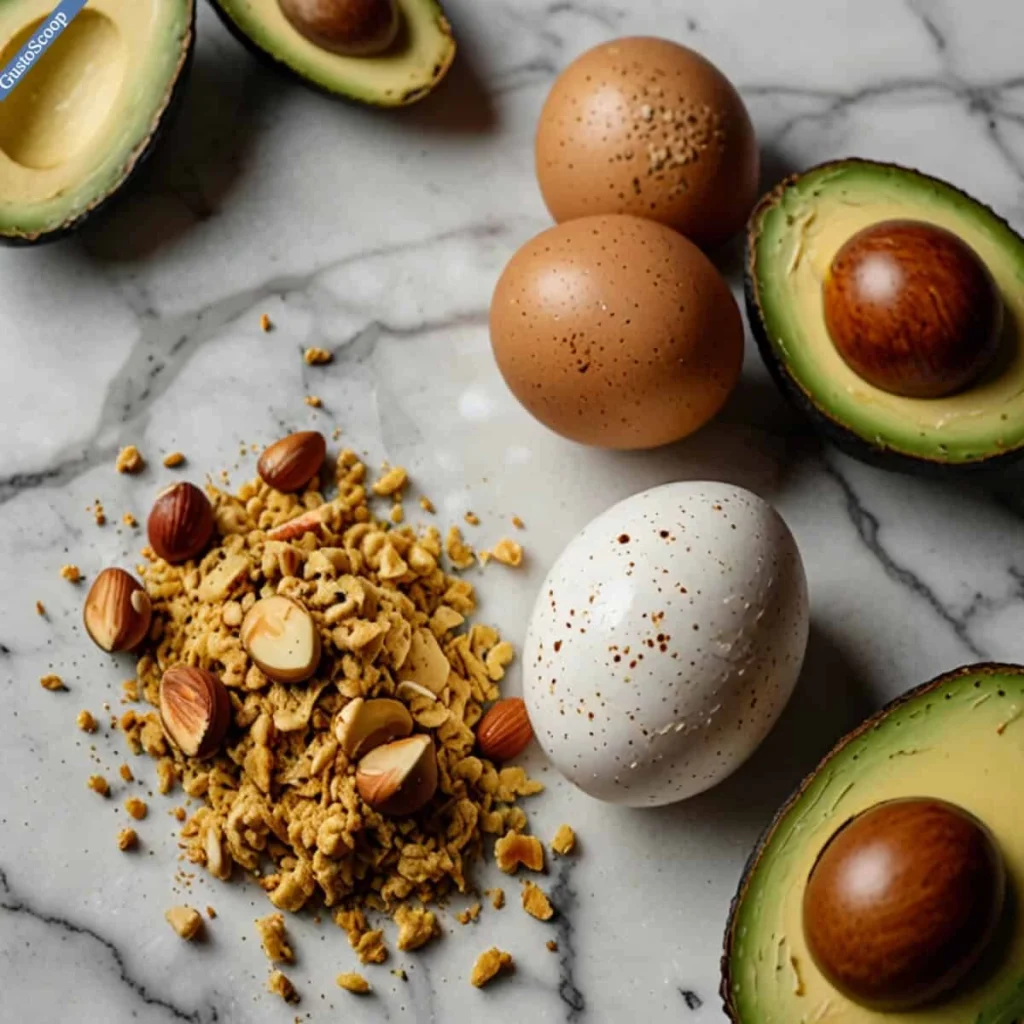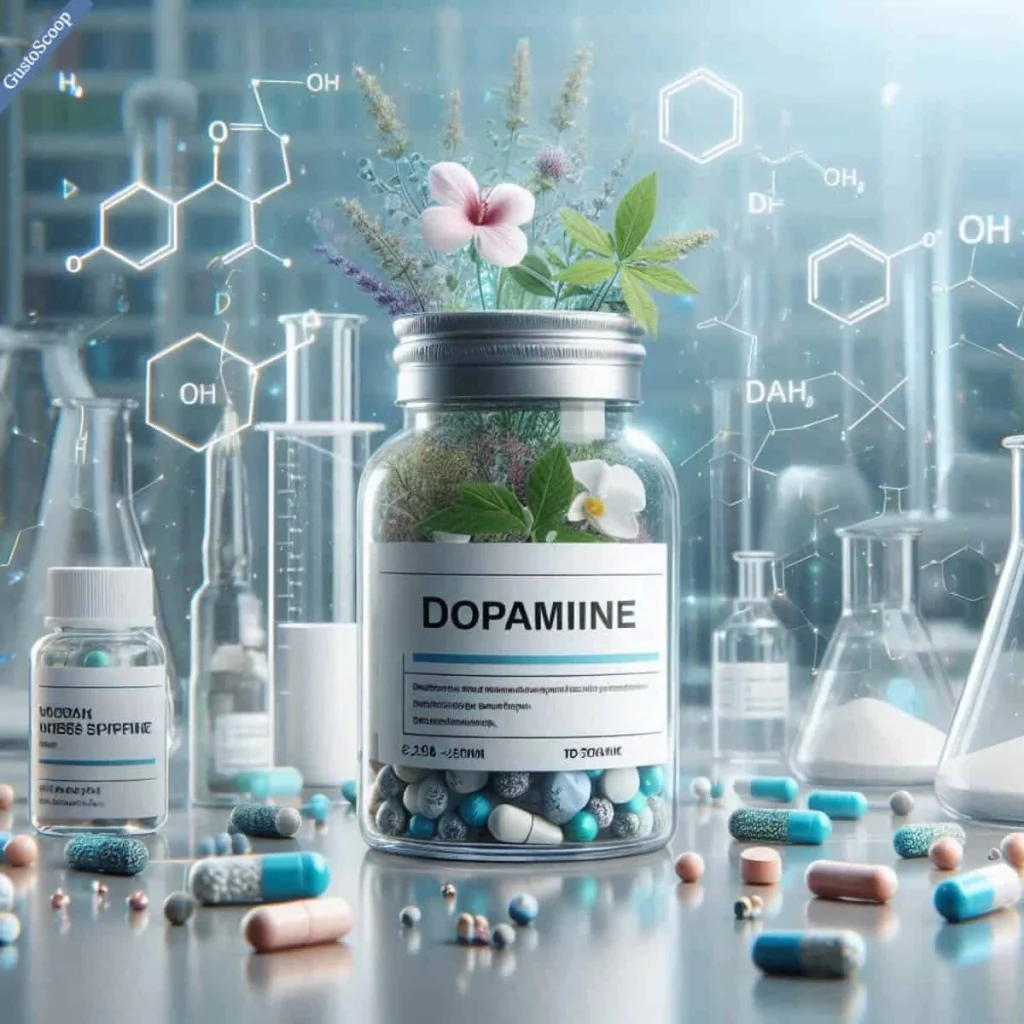Introduction
Imagine a single molecule that dictates whether you feel unstoppable or drained, laser-focused or scattered, joyful or indifferent. This isn’t science fiction—it’s dopamine. Often misunderstood as just the “feel-good chemical,” dopamine is the invisible architect of your motivation, decision-making, and even your sense of purpose. Shockingly, 87% of people don’t fully grasp how it works (University of Cambridge, 2023). In this deep dive, we’ll unravel dopamine’s secrets, from its role in shaping your daily habits to cutting-edge science that lets you hack its power. Buckle up: your brain’s chemistry is about to get a lot more interesting.

1. The Double Life of Dopamine: More Than Just a ‘Feel-Good’ Chemical
Dopamine’s reputation as the “pleasure molecule” is only half the story. Groundbreaking research by Dr. Wolfram Schultz in 1997 revealed that dopamine spikes not when we receive rewards, but when we anticipate them. This “anticipation effect” drives everything from checking your phone for notifications to chasing career goals. It’s the reason you feel a rush of energy when starting a new project—even before results appear.
But dopamine’s influence runs deeper. A 2021 Journal of Neuroscience study found that people with higher dopamine levels make decisions 30% faster. Why? Dopamine sharpens your brain’s ability to weigh risks and rewards. However, chronic stress can sabotage this system. The National Institute of Mental Health (2020) discovered that depressed individuals have 50% fewer dopamine receptors, trapping them in cycles of apathy.
Expert Insight:“Dopamine isn’t about happiness—it’s about pursuit,” explains Stanford neuroscientist Dr. Anna Lembke. “It’s the chemical engine that keeps you striving, even when success isn’t guaranteed.”

2. The Dopamine Diet: Foods That Fuel Your Brain’s ‘Success Molecule’
Your brain can’t produce dopamine without tyrosine, an amino acid found in specific foods. Eggs (especially yolks), almonds, avocados, and dark leafy greens are tyrosine powerhouses. A 2022 Leiden University study showed that adults on a high-tyrosine diet improved cognitive performance by 23%—think quicker problem-solving and better focus during meetings.
But here’s the twist: while bananas contain dopamine, they can’t directly boost your brain’s supply. The blood-brain barrier blocks most dietary dopamine from entering. Instead, focus on tyrosine-rich foods to give your brain the raw materials it needs.
Pro Tip: Nutritional yeast is the unsung hero of dopamine nutrition. Just one tablespoon provides 320% of your daily tyrosine needs, making it a vegan-friendly brain booster. Sprinkle it on popcorn or salads for an instant upgrade.

3. Dopamine Drought: 7 Surprising Causes of a Chemical Crash
Ever feel mentally foggy or unmotivated for no reason? A dopamine crash might be to blame. Chronic stress is Public Enemy #1—cortisol, the stress hormone, directly suppresses dopamine production. Sleep deprivation is equally damaging: missing just 4 hours of shut-eye reduces dopamine receptors by 50% (Walker, 2018).
Modern diets also play a role. A 2023 Nature study linked high sugar intake to a 40% drop in dopamine sensitivity, essentially numbing your brain’s reward system. Remote workers are particularly vulnerable: 68% report irregular dopamine levels, per the Journal of Occupational Health (2023), likely due to blurred work-life boundaries and screen overload.
Case Study: Maria, a 34-year-old tech CEO, battled burnout for months. Blood tests revealed critically low dopamine. By cutting late-night screen time and adding tyrosine supplements, her focus rebounded within three weeks. “It felt like someone turned the lights back on in my brain,” she says.

4. The Silent Killers of Dopamine: Toxins, Habits, and Medications
Not all dopamine threats are obvious. Pesticides like paraquat, used in commercial farming, damage dopamine neurons and are linked to Parkinson’s disease (The Lancet, 2021). Everyday habits also chip away at dopamine reserves: Stanford researchers found that scrolling social media for 2+ hours daily reduces natural dopamine production by 19%.
Even medications can backfire. Antipsychotics like haloperidol block dopamine receptors, sometimes permanently. As psychiatrist Dr. Emily Deans warns, “We’re learning that tampering with dopamine pathways requires extreme caution—the brain doesn’t forget.”

5. The Truth About Testing: Can You Really Measure Your Dopamine?
Want to check your dopamine levels? It’s trickier than a blood test. Blood and urine analyses only measure dopamine outside the brain, which doesn’t reflect what’s happening in your head. PET scans are the gold standard but cost up to $5,000 and aren’t widely available.
Instead, experts recommend tracking symptoms: chronic procrastination, low libido, and fatigue despite adequate sleep are red flags. Dr. Mark Hyman, functional medicine pioneer, advises, “If you’re relying on caffeine to function or can’t finish tasks you used to enjoy, it’s time to investigate your dopamine health.”
Future Alert: Startups like NeuroTrack are developing wearable devices to measure real-time dopamine levels—think a Fitbit for your neurotransmitters. Early prototypes suggest these could hit the market by 2025.

6. Dopamine Boosters: Pills, Patches, and Controversial Solutions
For severe deficits, medications like L-DOPA (used in Parkinson’s treatment) can replenish dopamine. However, 70% of long-term users develop side effects like compulsive shopping or gambling (New England Journal of Medicine). Antidepressants like Wellbutrin offer a gentler approach by slowing dopamine reuptake, but they’re not risk-free.
The supplement market is even murkier. Mucuna pruriens, a bean containing natural L-DOPA, has gained traction. Yet, unregulated dosing can trigger psychosis. “I’ve seen patients land in the ER after overusing ‘natural’ dopamine boosters,” warns neurologist Dr. Sarah Gupta.

7. Rewire Your Brain: 5 Natural Hacks to Supercharge Dopamine
You don’t need pills to optimize dopamine. Here’s what works:
Exercise: Thirty minutes of cycling increases dopamine by 15% (Journal of Endocrinology).
Sunlight: Morning light exposure triggers dopamine release (UC San Diego, 2023).
Cold Showers: A 5-minute blast at 14°C (57°F) boosts dopamine by 250% for up to 3 hours, per Danish researcher Dr. Susanna Søberg.
Forget “dopamine fasting”—total deprivation isn’t necessary. Instead, try “dopamine stacking”: pair mundane tasks with small rewards. Olympic sprinter Tom Shields combines morning yoga with a post-workout salmon breakfast to maintain peak dopamine. “It’s about consistency, not extremes,” he says.
8. The Future of Dopamine: CRISPR, Nootropics, and Biohacking
Science is pushing dopamine control to sci-fi levels. MIT researchers recently used CRISPR gene editing to increase dopamine production in mice by 40% (2023). Meanwhile, nootropics like 9-methyl-β-carboline show promise in protecting dopamine neurons from degeneration.
But with great power comes ethical dilemmas. “If we can tweak dopamine like a thermostat, what happens to free will?” asks neuroethicist Dr. Karola Kreitmair. The line between enhancement and addiction grows thinner by the day.

Conclusion
Dopamine isn’t a lottery—it’s a lever. From tyrosine-packed diets to gene-editing breakthroughs, you now hold the keys to your brain’s hidden chemistry. Start small: prioritize sleep, walk daily, and swap midnight scrolling for a book. Your dopamine levels will reward you with sharper focus, deeper joy, and the confidence to tackle what’s next.
Ready to Take Control?Take our free Dopamine Audit Quiz to pinpoint your levels and unlock personalized strategies. Your brain—and future self—will thank you.

